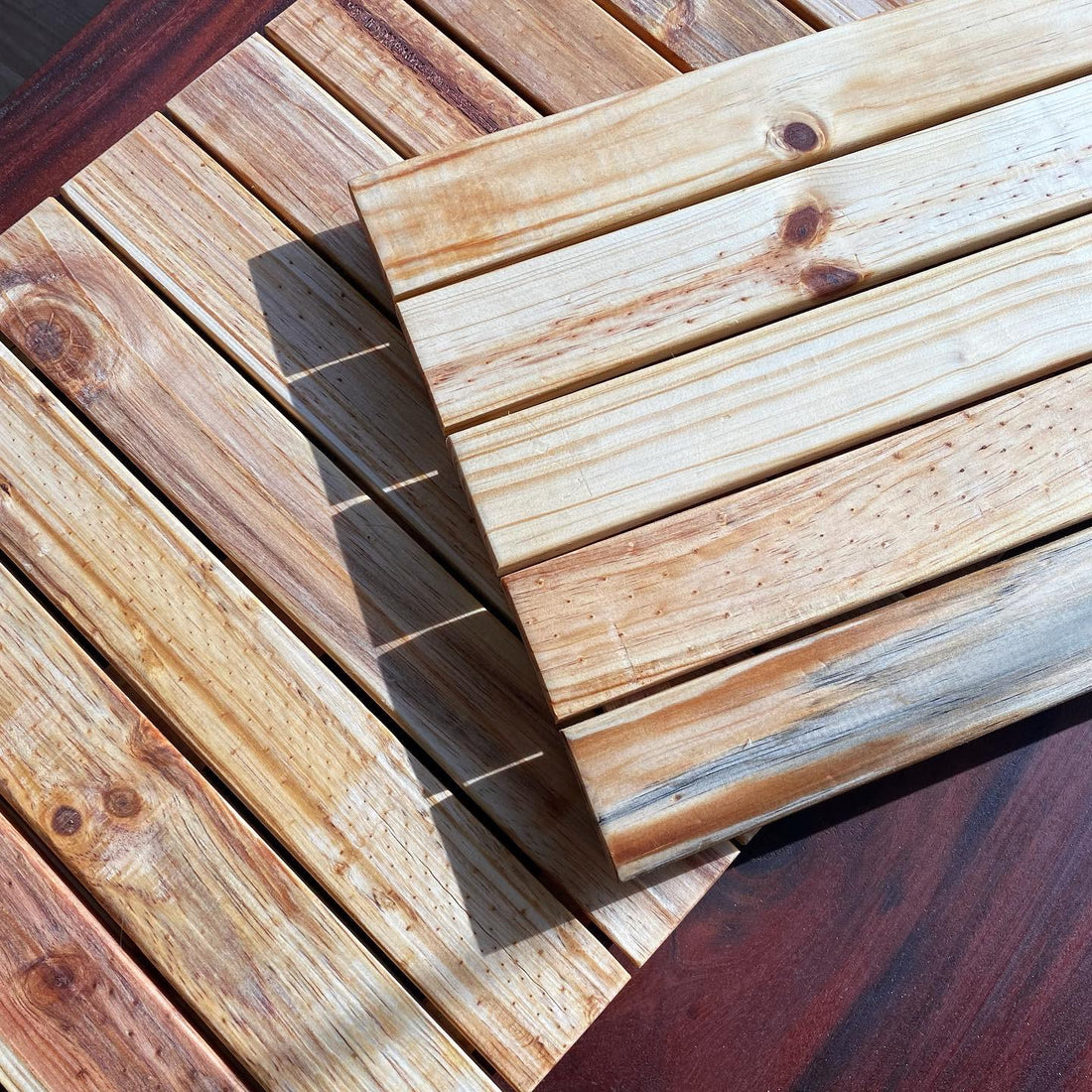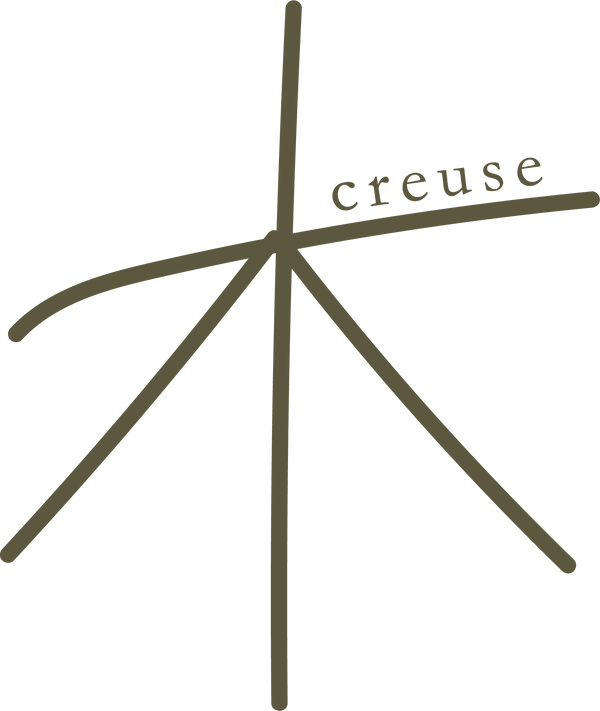
Natural Wood Defects
Share
Due to the nature of reclaimed wood, there may be nail holes present on the product from the extraction of nails from pallets or crates during dismantling as shown below.

There will also be natural defects on the reclaimed wood but rest assured that these defects will not affect the structural integrity of the wood or the functionality of the product. While many of us have misconceptions about these natural defects, let us find out how they can be translated into beautiful works of art.
What are natural defects? Why are they formed on wood?
Timber is a natural material that is present with imperfections. There are various types of natural defects resulting from weather conditions, fungi, insects, and processes of logging. Undergoing different processes of conversion to their required form before being used; there are many factors that may cause the defects during this process. During these stages, natural defects may occur in timber.
- Natural Forces
- Attack by Insects
- Fungi
- Defective Seasoning
- Defective Conversion
1. Natural Forces:
Knots: The base of the branches forms a mark on the stem as new branches grow, resulting in dark-coloured stains on the surface. These dark-coloured rings are due to the continuity of wood fibres and they are known as knots.
Live knots Vs Dead knots:
- Live knots: A live knot is usually lighter in colour and generally never fall out.
- Dead knots: A dead knot is darker and may fall off, leaving a hole that can weaken the strength of the timber.

2. Attack by Insects
- Termites in timber: Termites are hard to identify from the surface level of wood as they usually eat the core part of the timber rapidly, leaving the outer layer of the timber undisturbed.

- Beetles in timber: Beetles destroy the sapwood of the tree creating a tunnel-like hole from the bark. These beetles convert sapwood into powder form and the larvae of these beetles will use the holes as a place to breed. The rough diameter of the holes is around 2mm.

- Marine borers in timber: Marine borers can be found near coastal areas as they attack all types of trees present in their region. They create large holes in the timber to live inside it, resulting in a decrease in strength and discolouration in timber.

3. Fungi
- Stain: A stain occurs when fungi feed on the sapwood, where the nutrients of the tree are stored. Fungi cause discolouration and do not affect the strength of the wood.
- Decay: Wood-eating or wood-destroying fungus that breaks down the cell structure of both sapwood and heartwood, resulting in the reduction of strength in the wood.

4. Defective Seasoning
Seasoning: The process of drying lumber (either in a kiln or air drying) to get an appropriate level of moisture for woodworking and other uses. Common seasoning defects:
- Bow: A curvature formed in the direction of the length of timber
- Cup: Curvature formed in the transverse direction of the timber
- Check: A crack that separates the fibres of the wood but it does not extend from one end to another.
- Split: Split is a special type of check that extends from one end to another.
- Honeycombing: During the drying or seasoning process, stress is built up in the heartwood creating cracks in the form of honeycomb texture.

5. Defective Conversion
Conversion: The process of converting raw timber to forms suitable for woodworking or construction projects. During this process, the following defects may occur:
- Boxed Heart: Sawn in a way that the pith or the centre heart falls entirely within the surface throughout its length.
- Imperfect Grain: Mismatch in grain alignment.
- Wane: The presence of bark or the absence of wood on the corners or along the length of a piece of lumber.

Beauty in natural defects

While most wooden furniture has natural defects and discolouration, it does not affect the structural integrity of the product. With defects, this brings in a sense of uniqueness and warmth to each individual product.
Sources:
- https://sears-trostel.com/products/6738/Blue-Stain-Pine
- https://civiltoday.com/civil-engineering-materials/timber/85-defects-in-timber-types-and-reasons
- https://theconstructor.org/building/types-of-defects-in-timber/21521/
- https://www.southernpine.com/using-southern-pine/blue-stain-faqs/
- https://www.woodworkingnetwork.com/best-practices-guide/solid-wood-machining/understanding-working-wood-defects
- https://theconstructor.org/building/types-of-defects-in-timber/21521/
- https://docplayer.fr/175230157-Structural-behaviour-of-lateral-load-carrying-capacity-of-timber-frame-walls-filled-with-hemp-concrete-experimental-study-and-numerical-analysis.html
- https://pestoff.com.sg/all-you-need-to-know-about-termite-infestation-and-what-to-do-about-them/
- https://theconstructor.org/building/types-of-defects-in-timber/21521/
- https://www.frlco.com/2017/10/27/blue-stain-beetle-kill-pine-in-stock-news/
- https://www.semanticscholar.org/paper/Scots-pine-(Pinus-sylvestris-L.)-heartwood-and-A-Lim/84fa74caf75a48f489572604683301e308e2b0c9/figure/0
- http://wiki.dtonline.org/index.php/Timber_Defects
- https://www.threeelements.com/2018/01/30/white-oak-stair-treads/boxed-heart-vs-free-of-heart-timber/
- https://www.diynetwork.com/made-and-remade/learn-it/guide-to-buying-better-wood
